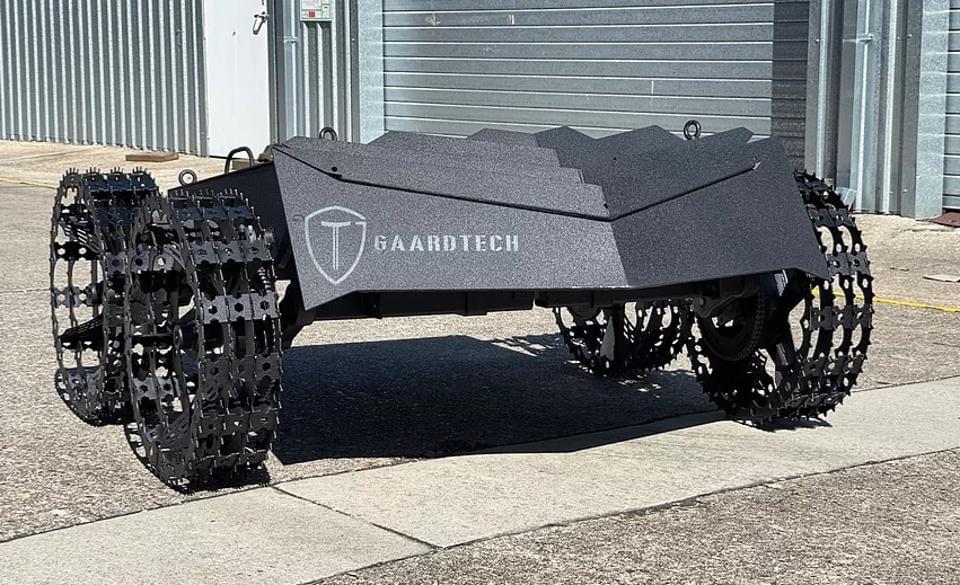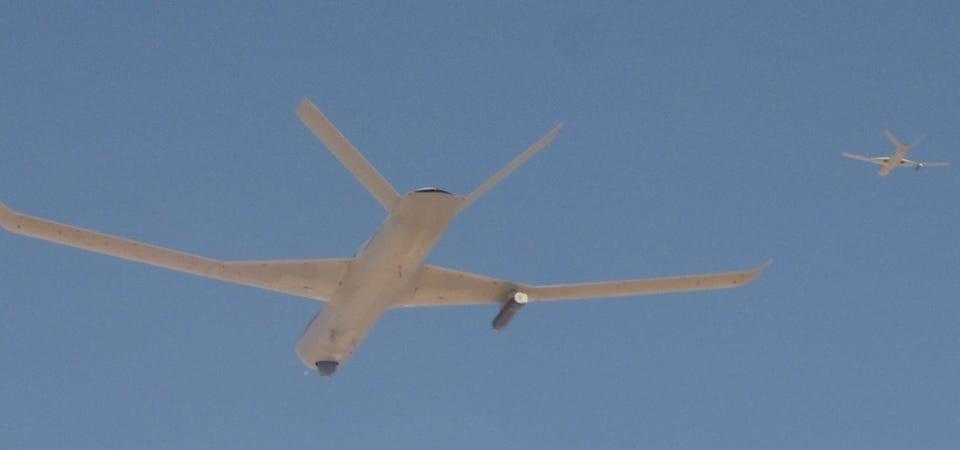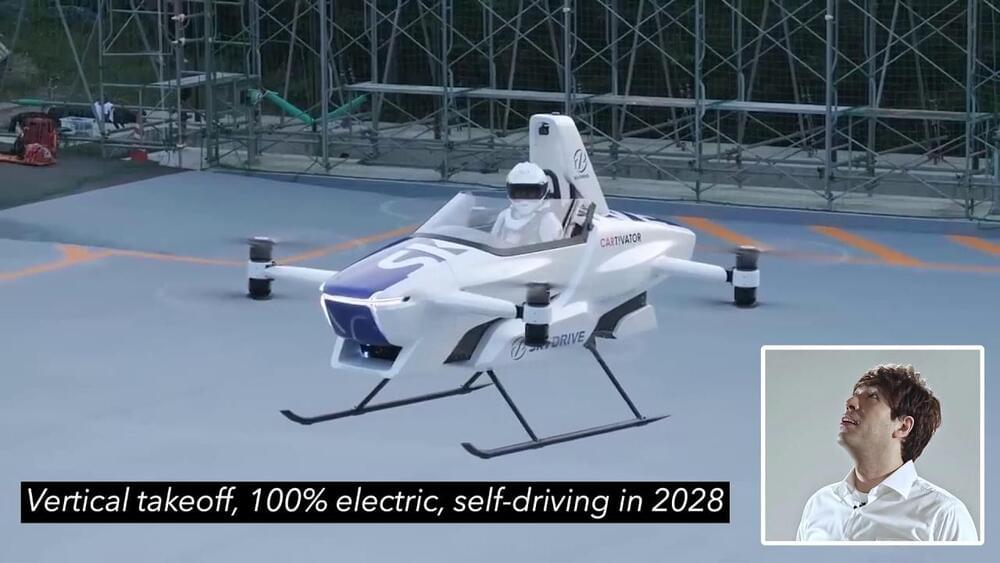Nov 4, 2021
The Ardent Belief That We Need A Line In The Sand Deadline For Attaining AI Self-Driving Cars Else We’ll Never Get There
Posted by Gemechu Taye in categories: robotics/AI, transportation
Deadlines.
You either love them, hate them, or experience both sentiments at the same time.
For AI-based true self-driving cars, there isn’t a human driver involved. Keep in mind that true self-driving cars are driven via an AI driving system. There isn’t a need for a human driver at the wheel, and nor is there normally a provision for a human to drive the vehicle. For my extensive and ongoing coverage of Autonomous Vehicles (AVs) and especially self-driving cars, see the l… See more.


















